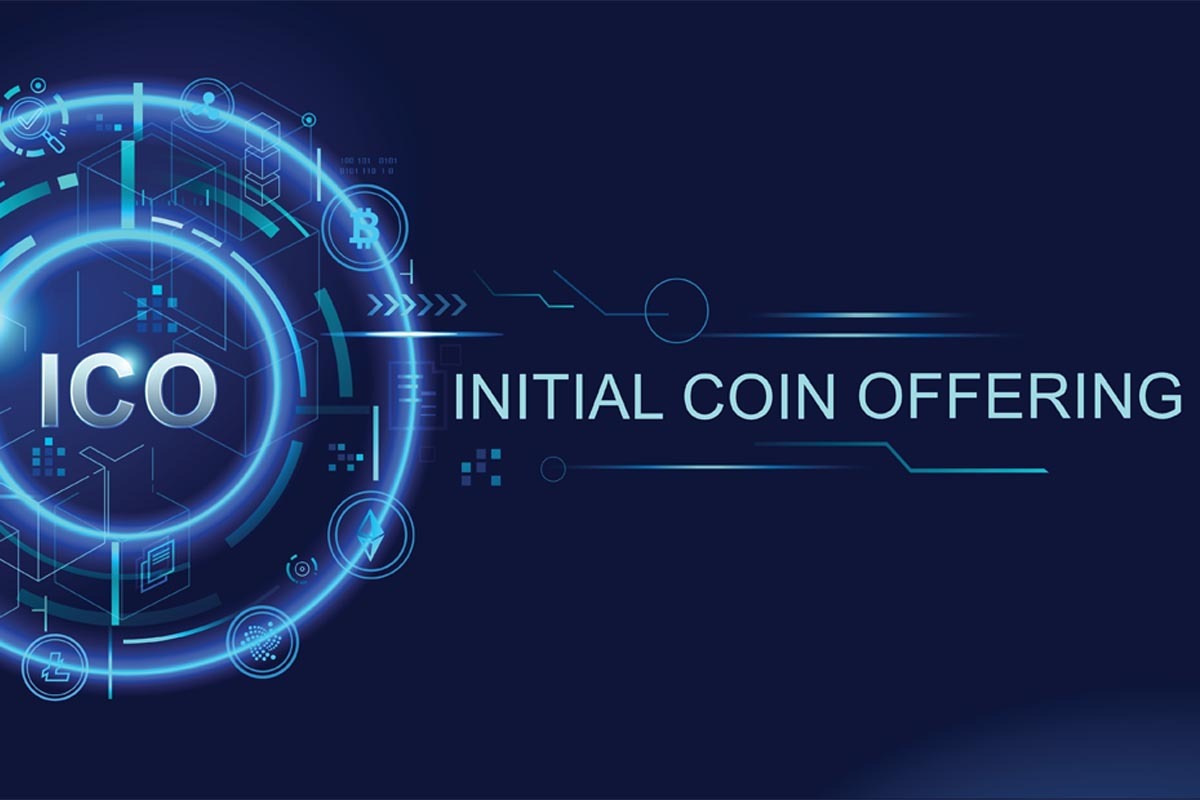Blockchain is capable of bringing revolution in the traditional system of education by solving a host of problems that plague the system.
The global system of education, as an industry has for long enjoyed a niche of stability and steady profit. The industry has adhered to their traditional approach for far too long. It is time the idyll is broken to foot the rapidly changing scenarios in the rest of the world.
Challenges
However, no change is moved to permanence unless it’s compelled. Economic necessity has driven many students to embrace learning from a varied list of online courses which are available at a greatly reduced or no cost. Thus, builds up the trust and acceptance of the peer-to-peer model.
Also Read: Mobilizing Blockchain Services to Impact the Commons
The regulatory norms burden the system to an extent which causes inordinate delay and expense in a task as simple as sharing the transcripts.
Most educational systems abide by a model in which the control is greatly centralized. Student records and credentials are held in the central database, which stands the chances of getting deleted and altered in acts of deliberation or by accidents. There exists no failsafe way to rollback incase of data getting corrupt.
This model entails the risks of being altered or destroyed during events of unrest, such as war, or natural calamities such as flood, or earthquakes. The Syria war, for instance, destroyed credential records of citizens across the country, heightening their misery.
Blockchain’s decentralized ledger technology and its cousin the distributed ledger technology, can be instrumental in meeting all of these challenges. The decentralized architecture enables enhanced privacy and security through its public key infrastructure (PKI) encryption, and characteristic anonymity, longevity, integrity, transparency and immutability.
Opportunity
Given that the blockchain is an evolving technology with no proven case scenario to its name, apart from cryptocurrency, make the prospective users wary of taking the plunge. So the reluctance stemming from the want of a concrete case study is currently holding back many organizations.
Again, sitting on the sidelines for a long time, have their risks too. Choosing to remain as an obsolete concept entails the risk of being replaced by a modern and updated system.
Hence early adoption of the technology has considerable advantages the educational system can reap the benefits from.
Use Cases
Among many potential use cases of blockchain in Educational Systems, here are a few.
1. Storing Student Credentials- Higher education institutions maintain students’ completed course records in proprietary structures. The databases are architected for exclusive access by the institution’s staff and in designated online systems, with almost no interoperability.
Further, most institutions have their own specialized system for keeping students’ records, which adheres to the proprietary data format of their own database.
This happens in stark contrast to the blockchain structure which facilitates permanent storage of documents such as degrees and certifications in a secured and verified platform. This stands regardless of weather or not the user has access to the institution’s record keeping system.
In case the institution issuing the certificate were to close down, or the entire system collapses the certificates would still be verifiable against the information stored on the blockchain. This also eliminates the need for third party to validate these certificates as they are self validated on the blockchain.
2. Identity verification – Student identification poses yet another set of challenges. The process involves manual updation of the data and may be subjected to tampering. The digitization of the process demands identification only once. The blockchain enables students to identify themselves as well as maintain control over the storage and management of their personal information.
Hundreds of people may have access to such data under the above system, blockchain facilitates security and transparency, so the data may only be accessed by permissioned entities.
3. Intellectual property protection – In larger institutions, research scholars and professors regularly publish research documents or file patents. In the conventional system, there is little opportunity to know if a similar paper already exists. This system is inherently ridden with issues of plagiarism and piracy. The implementation of blockchain addresses these problems. Blockchain may be designed to allow researchers to publish education content openly while keeping track of repeated usage, without limiting the source material.
In a more elevated implementation the blockchain might automatically scan resources to detect the percentage of similar content that may have been repeat-used and automatically issue awards. For instance, a smart contract may be written to distribute payment to authors based
on the frequency of their material’s citation or usage.
Also Read: Role Of Blockchain Technology In The Content Marketing Sector
4. Transfer of credits – Transfer of credits is yet another issue for institutions, often putting students at a loss when they find themselves in a situation where they must repeat courses to
fulfill a new institute’s dictats. Students also pass through difficulties while transferring to other higher education institutions, while still holding courses completed at their former institution.
Finally..
As is understable for a yet-to-mature technology, it will take considerable time for the trust to build. In the meantime early adoption will reap their benefits leading to the conversion of more skeptics into the adoption of the technology that is capable of bringing revolution to their industry making way for global connectivity towards innovation maintaining fair play.





